Encountering a snake in the wild can trigger an immediate fear response in many people. However, understanding snake behavior is crucial for responding appropriately and ensuring safety for both yourself and the animal. Snakes rarely attack humans unprovoked – they’re generally shy creatures that prefer to avoid confrontation. When a snake displays threatening behavior, it’s typically either defending itself from a perceived threat or, less commonly, exhibiting true aggression. Learning to differentiate between defensive and aggressive behaviors can help you assess risk accurately and respond appropriately. This article explores the key differences between defensive and aggressive snake behaviors, providing essential knowledge for hikers, outdoor enthusiasts, and anyone who might encounter these fascinating reptiles in their natural habitat.
Understanding Snake Psychology

Snakes operate primarily on instinct rather than complex emotional reasoning, which means their behaviors are largely predictable responses to environmental stimuli. When a snake feels threatened, its primary goal is typically survival, not causing harm. Most snake encounters with humans involve defensive behaviors triggered by fear or the perception of danger. True aggression in snakes is relatively rare and usually occurs only in specific contexts such as competition for resources, territorial disputes with other snakes, or during breeding season. Understanding this fundamental aspect of snake psychology forms the foundation for correctly interpreting their behavior during an encounter. Remember that from a snake’s perspective, humans are enormous potential predators, not prey.
Body Posture: Defensive vs. Aggressive
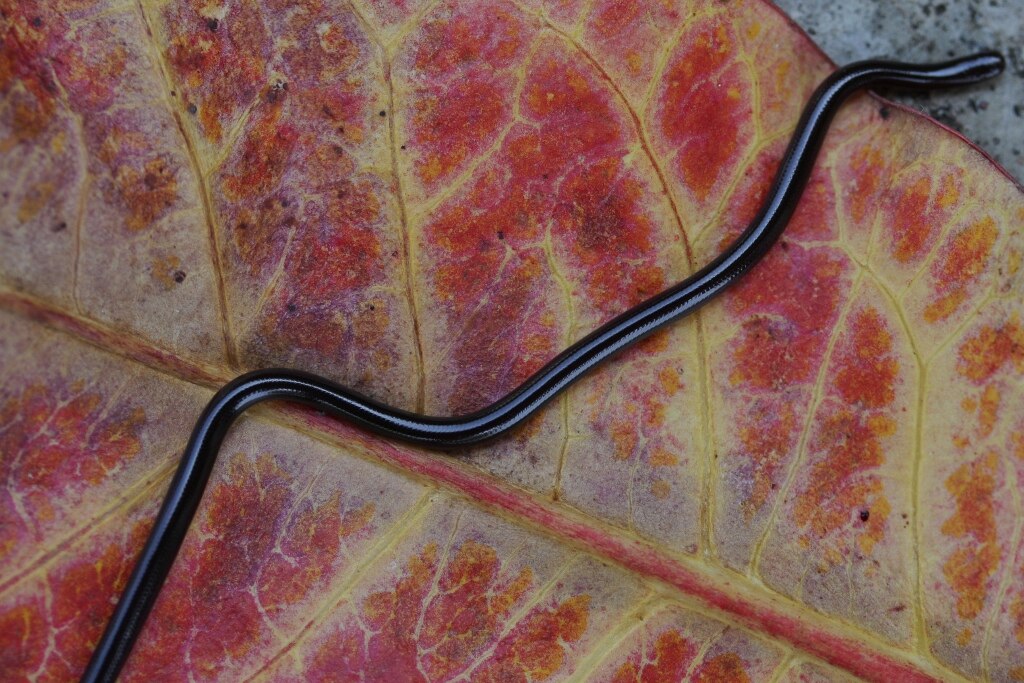
A snake’s body posture provides immediate clues about its state of mind and intentions. A defensive snake typically adopts an S-shaped posture that allows it to strike quickly if necessary, but also to retreat rapidly if given the opportunity. This defensive posture often includes raising the front portion of its body off the ground to appear larger and more intimidating, while keeping the majority of its body ready to flee. In contrast, a truly aggressive snake may adopt a straighter approach posture, actively advancing toward the perceived threat rather than maintaining distance. The aggressive snake’s body will appear more tensed and directed, with purposeful movement toward rather than away from the target. Some species like king cobras can actually track and pursue a threat when in a truly aggressive state, which is markedly different from the “stand your ground” position of a defensive snake.
Head Position and Mouth Behavior
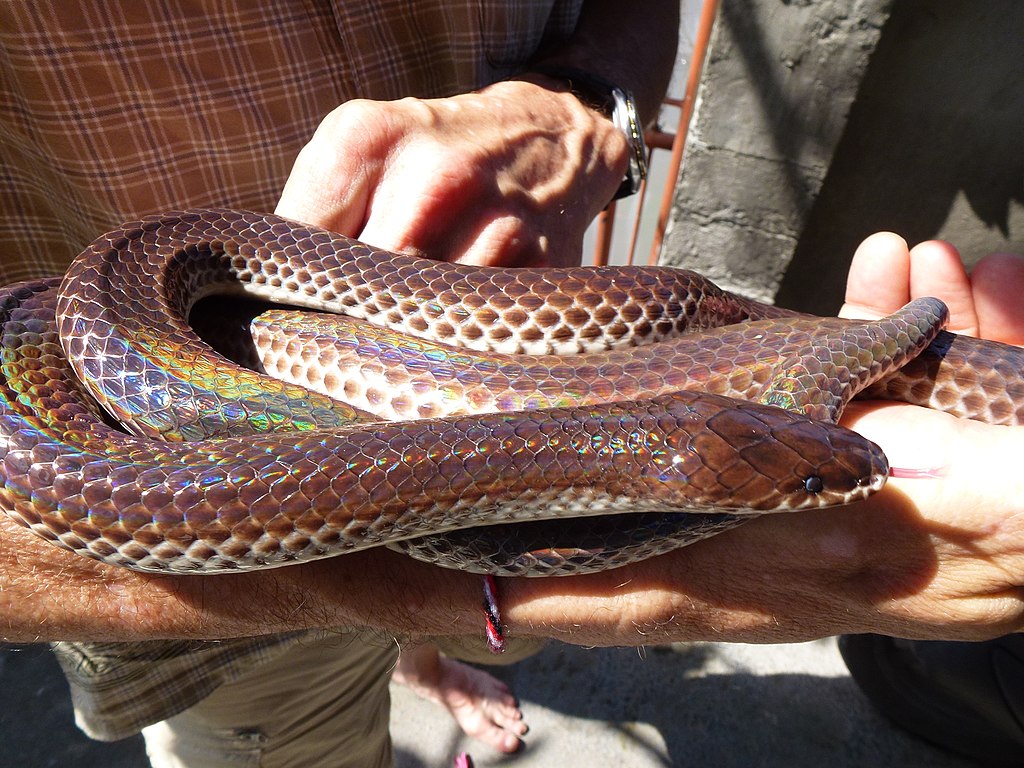
The position of a snake’s head and its mouth behavior offer critical insights into its intentions. A defensive snake will typically hold its head in a position ready to strike if necessary, but not committed to attacking. The mouth of a defensive snake may be open as a warning display, particularly in species like cottonmouths that show their white mouth lining as a deterrent. Defensive strikes are often quick, short-distance actions aimed at creating an opportunity to escape rather than to cause serious harm. In contrast, an aggressive snake often positions its head more directly toward the target with sustained focus. Their mouth may be opened in preparation for a deliberate, targeted bite rather than as a warning display. Aggressive snakes are more likely to pursue multiple strikes in succession, whereas defensive snakes prefer to strike once and retreat if possible.
Warning Displays and Signaling

Many snake species have evolved specific warning displays that indicate they feel threatened and want to be left alone. Rattlesnakes famously use their rattles to create an audible warning, while cobras spread their hoods to appear larger and more intimidating. These warning displays are defensive mechanisms designed to prevent conflict rather than initiate it. Other defensive signals include tail vibrating (even in non-rattlesnake species), hissing, puffing up the body, and flattening the head to appear more triangular and threatening. A truly aggressive snake may bypass these warning stages entirely or display them very briefly before moving to direct action. The absence of warning displays before striking can indicate aggression, especially in species that typically provide clear warnings when defensive.
Strike Distance and Targeting

The striking behavior of defensive versus aggressive snakes differs significantly in terms of distance, accuracy, and intent. A defensive snake typically strikes from a fixed position and generally can reach about one-third to one-half of its body length. These strikes are often deliberately short of the target or aimed at non-vital areas – their purpose is to frighten rather than to inflict maximum damage. Many defensive strikes occur with closed mouths or minimal fang engagement. In contrast, aggressive strikes tend to be more precisely targeted, often at vulnerable areas, and the snake may advance to maintain striking range rather than striking from a stationary position. Aggressive snakes are more likely to deliver full envenomation during bites, whereas defensive snakes often deliver “dry bites” with little to no venom – a venom-conservation strategy that still achieves the goal of deterring threats.
Retreat Behavior After Confrontation

One of the most telling differences between defensive and aggressive snakes is their behavior immediately following a confrontation or strike. A defensive snake will almost always take the first opportunity to escape from the situation if given enough space. After striking defensively, most snakes will immediately attempt to flee rather than continue the engagement. This flight response clearly indicates that the snake’s primary motivation was self-protection rather than attack. In contrast, an aggressive snake may hold its ground or even advance after striking, showing little interest in escape options. Some aggressive snakes will repeatedly strike or even pursue a perceived threat, particularly during territorial disputes or when guarding a nest. This persistent engagement without seeking escape routes is a strong indicator of true aggression rather than defensive behavior.
Species-Specific Behaviors

Different snake species exhibit varying tendencies toward defensive or aggressive behaviors based on their evolutionary history and ecological niche. Generally passive species like king snakes and gopher snakes rely heavily on defensive displays like mimicking rattlesnakes or playing dead before resorting to striking. Water moccasins (cottonmouths) have an undeserved reputation for aggression but typically display their white mouth as a warning before striking defensively. Some species like black mambas have evolved to be more prone to defensive striking due to their vulnerable body structure, while others like anacondas rarely strike defensively unless severely provoked. Australian brown snakes represent a species known for more aggressive tendencies, particularly during breeding season, and may actively chase perceived threats for considerable distances. Understanding the typical behavioral patterns of local snake species can help you better interpret whether unusual behavior might represent true aggression.
Contextual Factors Affecting Snake Behavior

The surrounding context significantly influences whether a snake displays defensive or aggressive behavior. Temperature plays a crucial role, as snakes are ectothermic (cold-blooded) and their activity levels and response times vary dramatically between cool and warm conditions. A snake that has recently eaten may be more sluggish and therefore more defensive rather than aggressive, as it focuses energy on digestion. Breeding season can trigger more territorial and aggressive behaviors, particularly in males competing for mates. The presence of a nearby nest or young can also elicit more aggressive protective responses in some species, though this is still technically defensive behavior with a maternal/paternal motivation. Understanding these contextual factors helps explain why the same snake species might behave differently across various encounters.
Distinguishing Between Bluff and True Threats
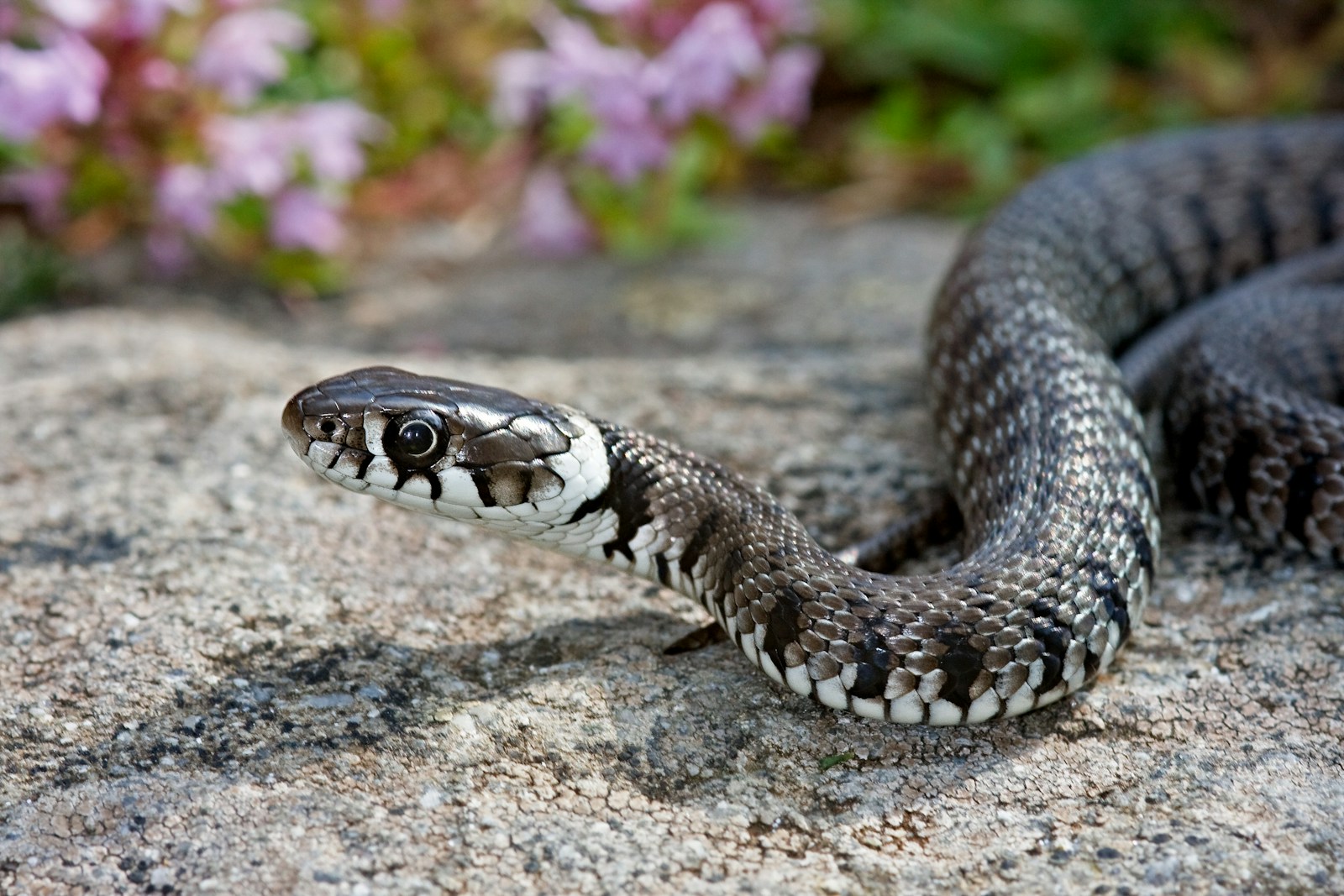
Many snake behaviors that appear highly threatening are actually sophisticated bluffs designed to avoid actual conflict. The eastern hognose snake provides a classic example of bluffing behavior – when threatened, it flattens its head and neck, hisses loudly, and may strike repeatedly with a closed mouth. If this dramatic display fails, it will roll over and play dead as a last resort. These elaborate performances are entirely defensive and pose virtually no danger. False strikes (strikes that intentionally fall short) represent another common bluffing behavior among many species. Learning to recognize these bluffing behaviors prevents unnecessary panic during snake encounters. True threatening behavior typically involves more direct, purposeful movement with less theatrical display and more focus on actual contact rather than intimidation.
The Role of Human Actions in Triggering Responses
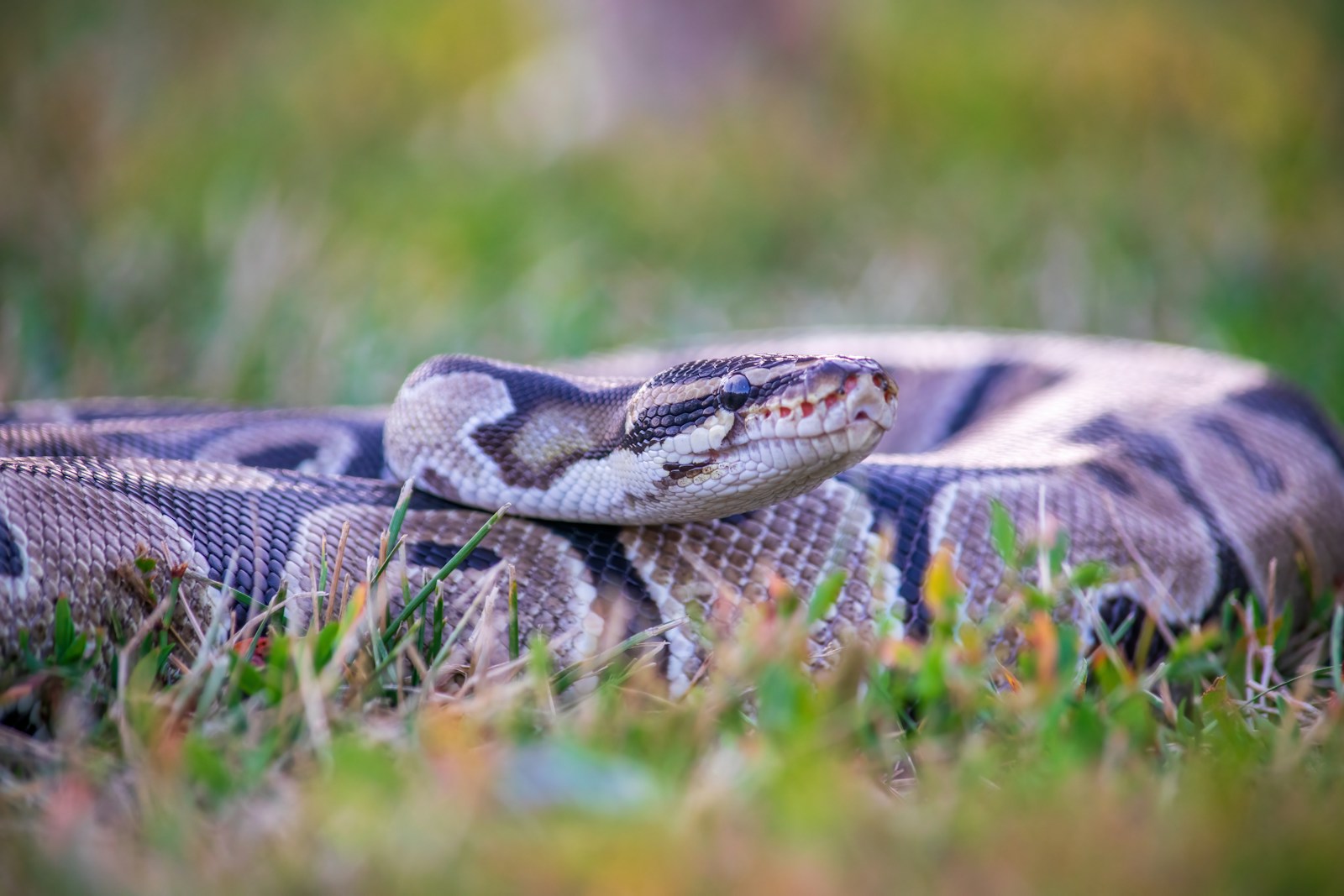
Human behavior significantly influences whether a snake responds defensively or aggressively during an encounter. Sudden movements, directly approaching, or attempting to handle a snake are likely to trigger defensive reactions as the snake perceives an imminent threat. Cornering a snake removes its preferred escape option and dramatically increases the likelihood of defensive striking. Repeatedly antagonizing a snake can escalate defensive behavior to a point that might appear aggressive, though it remains fundamentally defensive in nature. The snake equivalent of true aggression toward humans most commonly occurs when humans are mistaken for competitive threats (such as during breeding season) or when a snake has been injured and is in pain. Understanding how our actions directly influence snake behavior empowers us to minimize negative encounters through appropriate conduct in snake habitats.
Safe Response Strategies for Different Behaviors
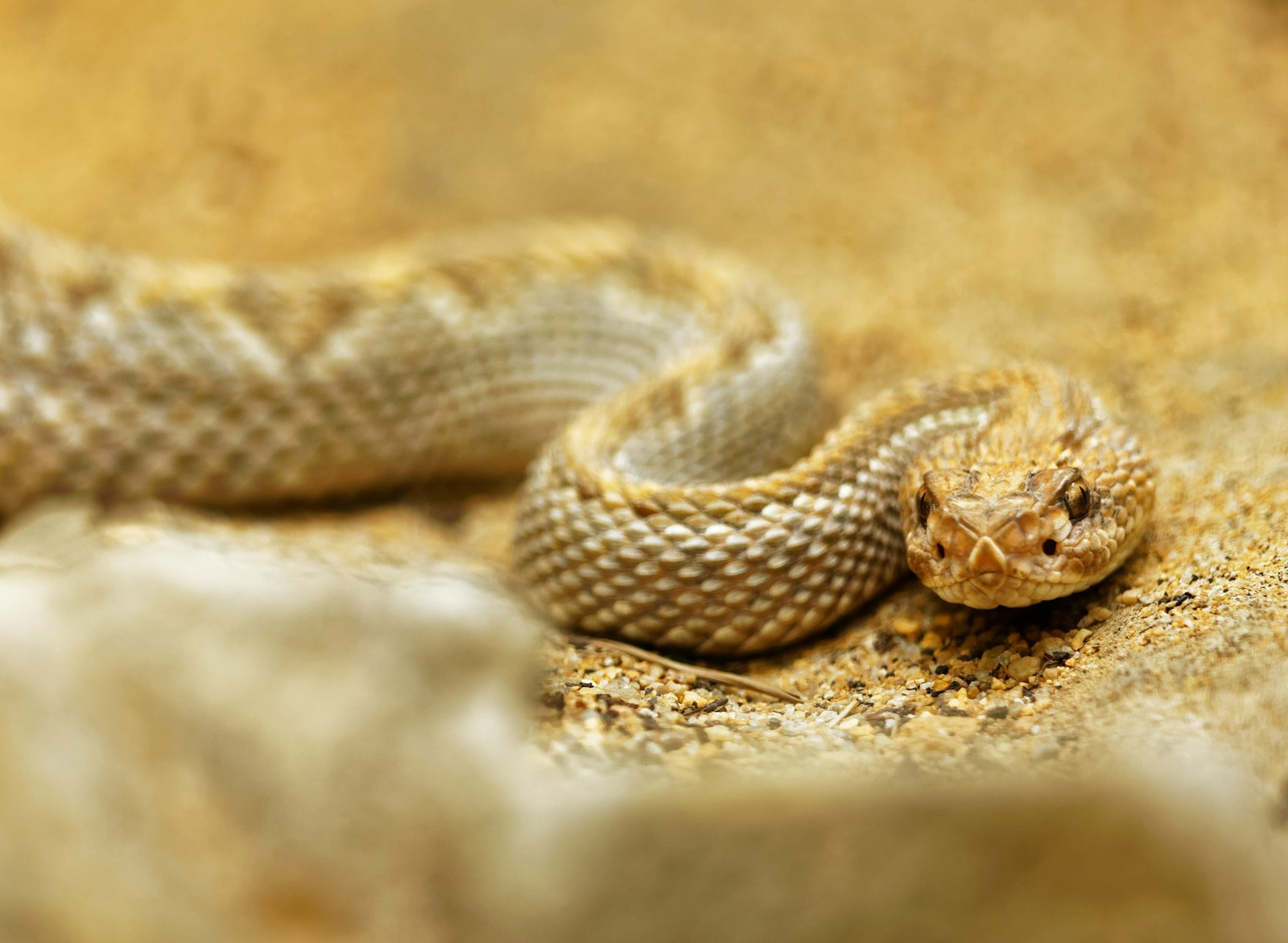
Knowing how to respond appropriately to snake behaviors can prevent dangerous escalations. When encountering a defensively postured snake, the safest response is to step back slowly, creating distance that allows the snake to escape. Avoid sudden movements or attempts to kill or capture the snake, which may transform a defensive posture into defensive strikes. For a snake showing warning displays like rattling or hood spreading, increase your distance more substantially while maintaining visual awareness of the snake’s location. In the rare case of encountering a truly aggressive snake that appears to be advancing toward you, create maximum distance between yourself and the snake as quickly as possible, using terrain features as barriers if available. Always give a snake an escape route rather than cornering it, and remember that most bites occur when humans attempt to kill, handle, or harass snakes.
Medical Considerations and Bite Differences
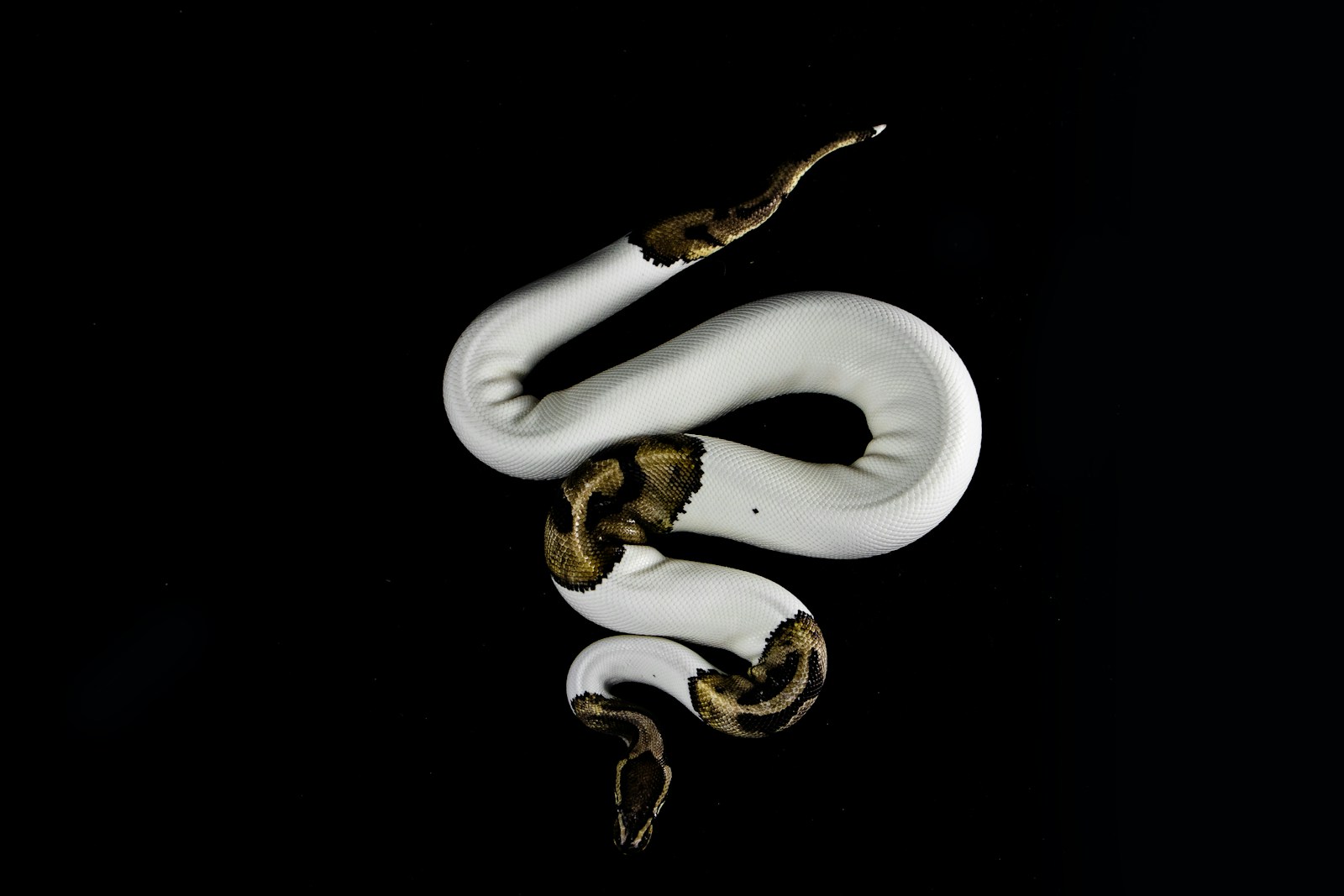
The nature of a snake bite can provide retrospective clues about whether the snake was behaving defensively or aggressively. Defensive bites are more likely to be “dry bites” where little or no venom is injected, as venom is metabolically expensive for snakes to produce and they prefer to conserve it for prey acquisition. Defensive strikes often target extremities or whatever body part was closest to the snake rather than being precisely targeted. In contrast, aggressive bites typically involve full envenomation and may be directed at more vulnerable areas. Multiple bites are more indicative of aggressive behavior, while a single bite followed by the snake’s immediate retreat suggests defensive action. These differences can be relevant for medical personnel treating snake bites, though proper medical attention should be sought for any snake bite regardless of the perceived intention of the snake.
Training Yourself to Recognize the Differences
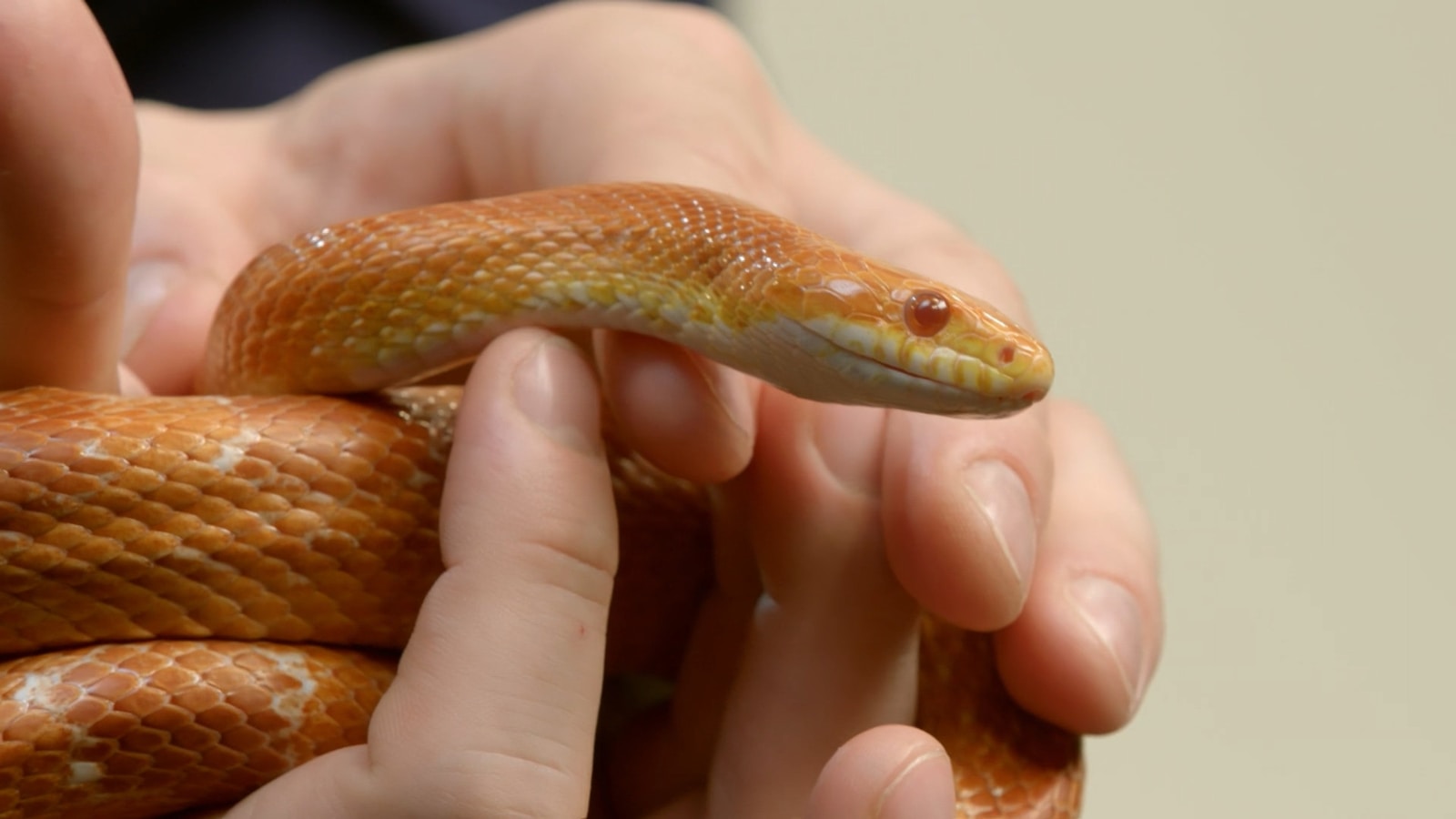
Developing the ability to distinguish between defensive and aggressive snake behavior requires education and mindful observation. Wildlife education programs, herpetological society presentations, and guided nature walks with experienced naturalists offer valuable opportunities to learn about snake behavior in a controlled setting. Video resources from reputable wildlife organizations can help train your eye to notice subtle behavioral cues without placing yourself in potential danger. Practice by observing snakes in protected environments like zoos or wildlife sanctuaries where professional handlers can point out specific behaviors. Remember that this knowledge isn’t about encouraging close encounters with snakes but rather about developing better situational awareness that promotes safety and conservation. With practice, the ability to distinguish between defensive and truly aggressive behaviors becomes more intuitive, allowing for more appropriate responses during unexpected encounters.
Conclusion
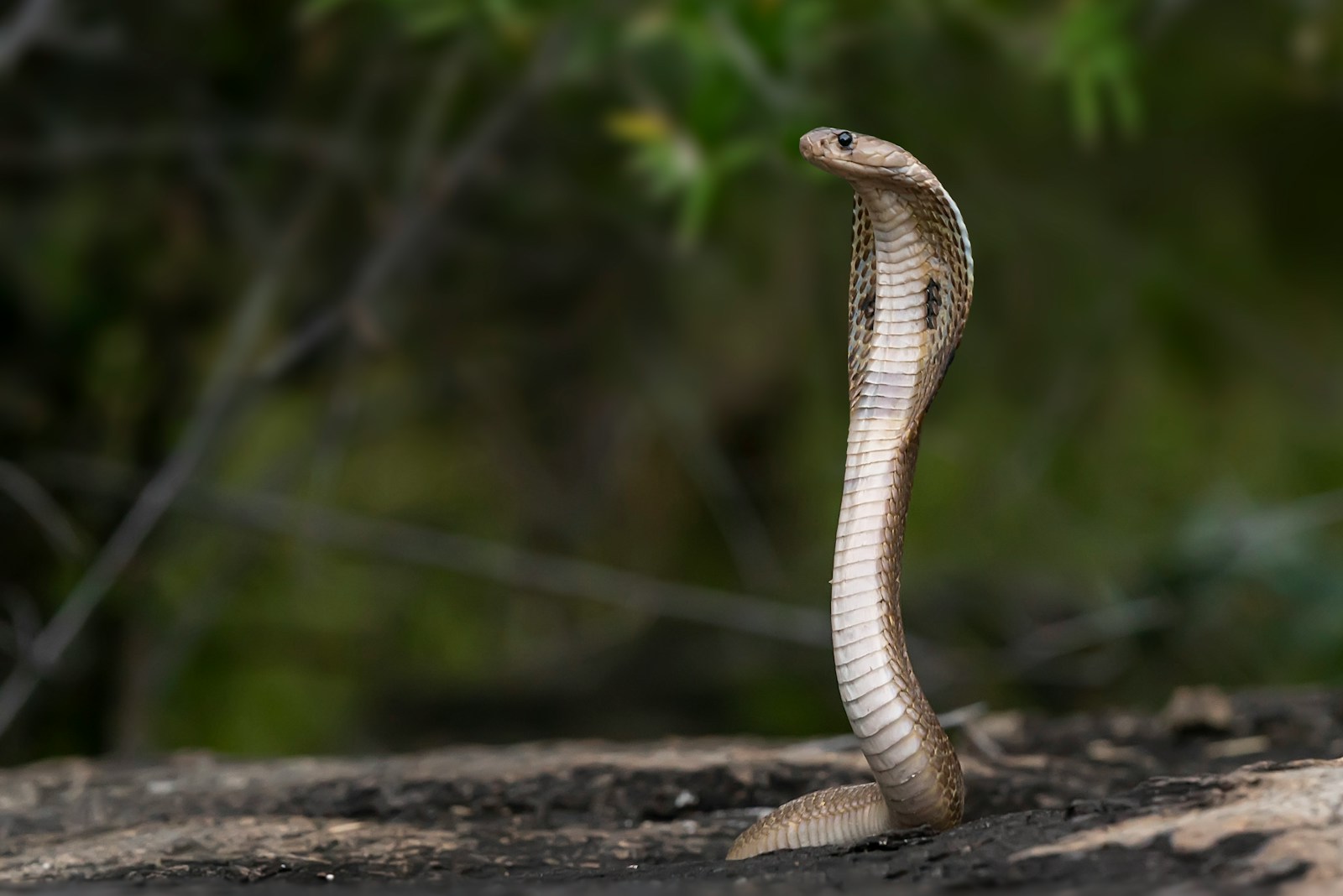
Understanding the difference between defensive and aggressive snake behavior is both a practical safety skill and a window into the fascinating world of reptile behavior. The vast majority of snake encounters involve defensive rather than truly aggressive responses – snakes are primarily interested in survival, not confrontation. By learning to recognize body posture, warning displays, striking patterns, and post-confrontation behavior, you can assess situations more accurately and respond appropriately. This knowledge helps protect both humans and snakes, reducing unnecessary killings of these ecologically important animals while minimizing risk to people. When in doubt, always give snakes space and respect, remembering that these ancient creatures are simply trying to navigate a world increasingly dominated by much larger human neighbors.





